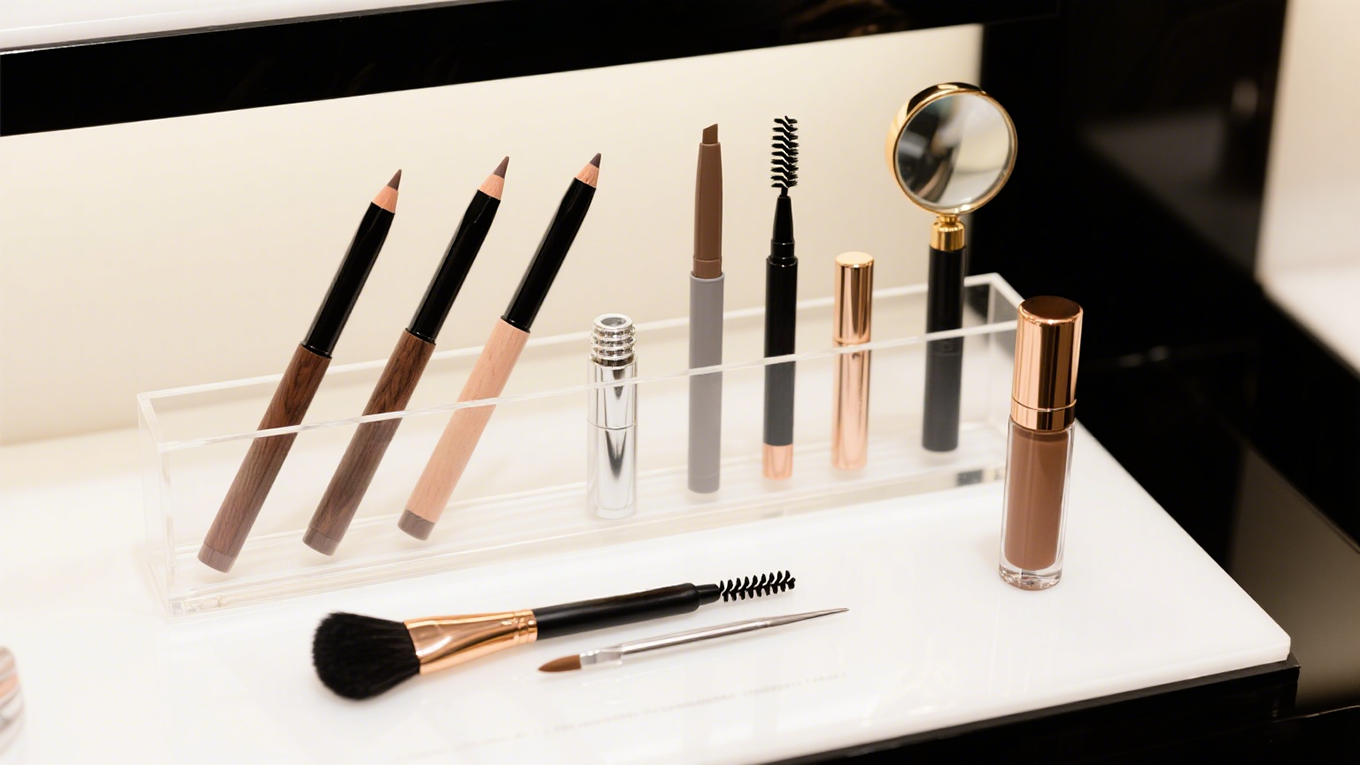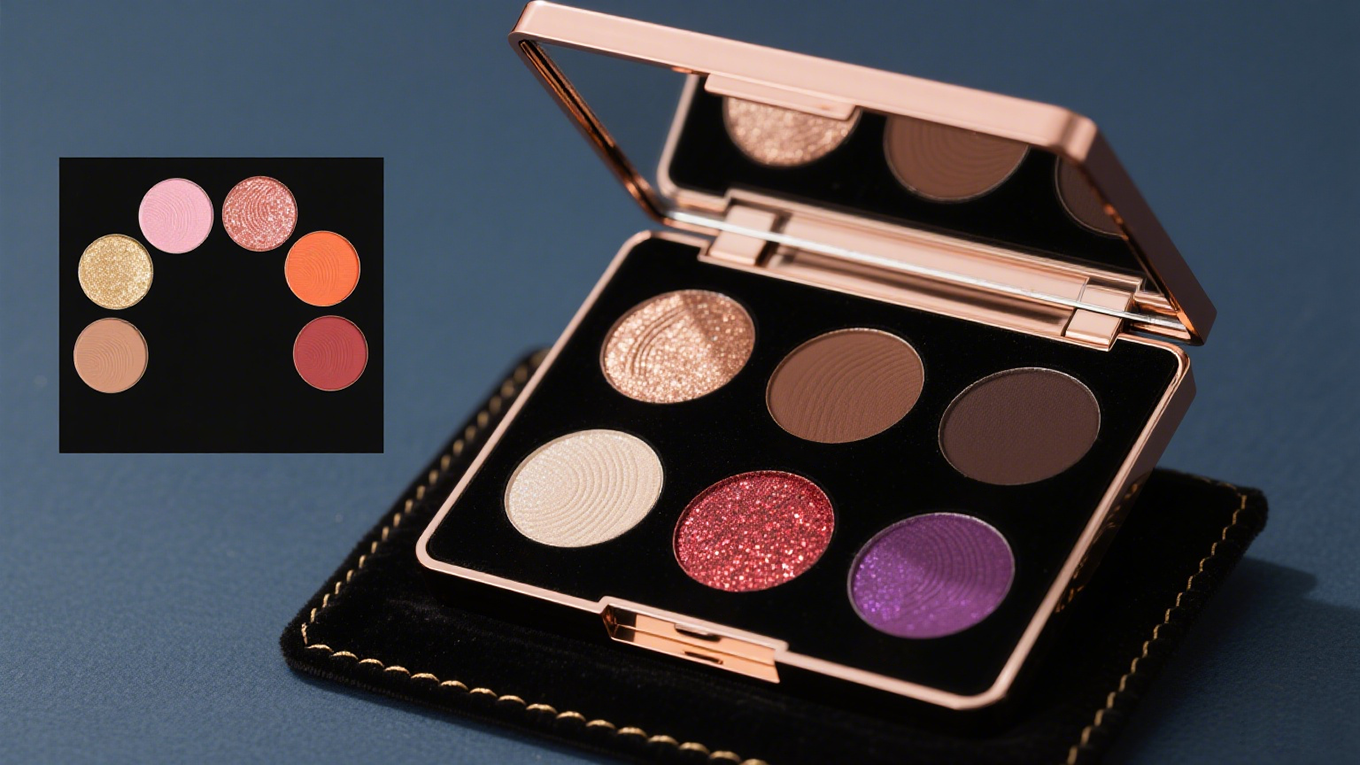Eyeliner has been an essential beauty product for centuries, tracing back to ancient civilizations that used kohl to accentuate the eyes. Today, eyeliner remains one of the most versatile and beloved items in every makeup bag, used to create everything from subtle definition to bold, dramatic looks. But have you ever wondered what actually goes into making eyeliner?
At ZM Beauty Supply, we work closely with cosmetic innovators and beauty entrepreneurs to bring high-quality eyeliners to the global market. Understanding how eyeliner is produced—from the ingredients that create its texture and pigmentation to the meticulous manufacturing process—can help brands and enthusiasts appreciate the artistry behind this staple beauty item.
In this article, we’ll take you through the eyeliner production process step by step, exploring everything from formulation to packaging, while highlighting what makes eyeliner safe, effective, and appealing to consumers.
The Evolution of Eyeliner
Before diving into the technical details, it’s important to understand how eyeliner has evolved over time. In ancient Egypt, eyeliner wasn’t just a cosmetic product but also a cultural symbol, believed to protect against evil spirits and shield eyes from harsh desert sunlight. Traditional eyeliner was made from natural minerals like galena and malachite.
Today, eyeliner formulations have advanced significantly, relying on modern cosmetic science to ensure long wear, smooth application, vibrant pigmentation, and skin safety. Available in various forms—liquid, pencil, gel, or felt-tip pen—eyeliner continues to adapt to changing beauty trends while maintaining its timeless appeal.
Step 1: Selecting the Core Ingredients
Every eyeliner begins with a precise blend of ingredients chosen to deliver performance, safety, and aesthetic appeal. While formulations vary depending on whether it’s a liquid, gel, or pencil eyeliner, the following categories of ingredients are essential:
- Pigments: Provide color intensity. Commonly used pigments include iron oxides for black or brown, ultramarines for blue, and titanium dioxide for opacity.
- Binders: Hold the formula together and ensure pigments adhere smoothly to the skin. Examples include natural waxes, gums, or synthetic polymers.
- Emollients: Improve texture and glide during application, often derived from oils or silicones.
- Waxes: Found especially in pencil eyeliners, waxes like beeswax or carnauba provide structure and firmness.
- Film formers: Create a long-lasting, smudge-proof layer. These are particularly important in liquid eyeliner formulas.
- Preservatives: Ensure the product remains safe and free from microbial growth throughout its shelf life.
The balance of these ingredients is critical. Too much wax may make a pencil too hard, while too much oil in a liquid liner could reduce drying time or cause smudging.
Step 2: Pigment Preparation
Pigments are what make eyeliner visually impactful, so preparing them correctly is vital. Pigments often come in a raw form that may clump or have uneven particle sizes. Before being added to the formula, they undergo processes such as:
- Milling: Reducing pigment size for smooth texture and even distribution.
- Dispersion: Ensuring pigments are evenly spread out in the liquid medium to avoid streaking or patchiness.
- Surface treatment: Coating pigments to improve compatibility with oils or water-based systems.
At ZM Beauty Supply, we work with suppliers who follow strict safety and compliance standards, ensuring all pigments are approved for cosmetic use and suitable for sensitive areas around the eyes.
Step 3: Formulating the Base
The next step involves creating the eyeliner base—the foundation that determines texture, consistency, and performance.
- For pencil eyeliners, waxes are melted and blended with oils to create a smooth, moldable base. Pigments are then added to this mixture to provide color.
- For liquid eyeliners, water or oil is used as the main medium, combined with film-forming agents, thickeners, and pigments to create a fluid yet stable formula.
- For gel eyeliners, a semi-solid base is developed using waxes and gelling agents to achieve a creamy, spreadable consistency.
Formulation scientists carefully test different ratios to ensure the product applies smoothly, doesn’t irritate the skin, and provides long-lasting wear.
Step 4: Mixing and Homogenization
Once the base and pigments are ready, they are blended together in large mixing equipment. Homogenizers are often used to create a uniform texture and prevent separation of ingredients.
This stage is crucial because any inconsistency in mixing can result in uneven pigmentation, clumping, or an unstable formula. For liquid eyeliners, this step also helps achieve the perfect viscosity—thick enough to avoid dripping, but fluid enough for smooth application.
Step 5: Quality and Safety Testing
Before the eyeliner moves into large-scale production, rigorous testing ensures it meets performance and safety standards. Tests typically include:
- Stability testing: To confirm the formula maintains quality under various temperature and humidity conditions.
- Microbiological testing: Ensures the product is free from harmful bacteria and fungi.
- Dermatological and ophthalmological testing: Confirms safety for skin and eye use, including sensitive eyes.
- Performance testing: Evaluates pigmentation, drying time, smudge resistance, and wear duration.
At ZM Beauty Supply, safety and quality are top priorities. We work with manufacturers who comply with FDA, EU, and other international cosmetic regulations, ensuring products are safe and reliable.
Step 6: Filling and Packaging
Once the formula passes all tests, it moves on to the filling and packaging stage. Packaging is not only practical but also plays a huge role in branding and consumer appeal.
- Pencil eyeliners are poured into molds, cooled, and encased in wooden or plastic barrels.
- Liquid eyeliners are filled into small bottles or pen-style applicators with precise brushes or felt tips.
- Gel eyeliners are typically packaged in small pots with screw-top lids, often paired with a brush.
Modern packaging solutions focus on convenience, durability, and eco-friendliness. Options like recyclable materials, refillable cartridges, and sleek, travel-friendly designs are becoming increasingly popular.
Step 7: Branding and Market Positioning
Eyeliner is more than a product—it’s an experience. Once the eyeliner is packaged, branding takes center stage. From product naming and shade descriptions to marketing campaigns, every detail helps position the eyeliner in a competitive beauty market.
Brands may highlight features such as:
- Waterproof or smudge-proof performance
- Vegan and cruelty-free formulations
- All-day wear promises
- Unique applicator designs for precise lines
At ZM Beauty Supply, we guide our clients in creating brand stories that resonate with target audiences, whether they’re aiming for luxury appeal, affordability, or eco-conscious beauty.
Step 8: Distribution and Launch
The final step in the eyeliner production journey is distribution and launch. A strong marketing strategy ensures the product reaches its intended audience effectively.
Brands may use:
- Social media campaigns with influencer partnerships
- Tutorials and swatches to demonstrate product versatility
- Retail partnerships in beauty stores and online platforms
- Limited-edition releases to generate excitement
With the right strategy, eyeliner can quickly become a hero product in a brand’s lineup, driving sales and building customer loyalty.
Eyeliner may seem like a simple beauty tool, but its production involves a complex blend of science, artistry, and innovation. From selecting the right pigments and developing stable formulations to creating stylish packaging and effective branding, every step ensures that the final product delivers both performance and beauty.
At ZM Beauty Supply, we take pride in supporting brands through every stage of eyeliner production. By combining technical expertise with creative vision, we help transform a simple formula into a product that resonates with consumers worldwide.
Whether you’re dreaming of launching your own eyeliner line or expanding your current cosmetics collection, understanding the eyeliner production process is the first step toward creating a product that stands out in the global beauty market.



